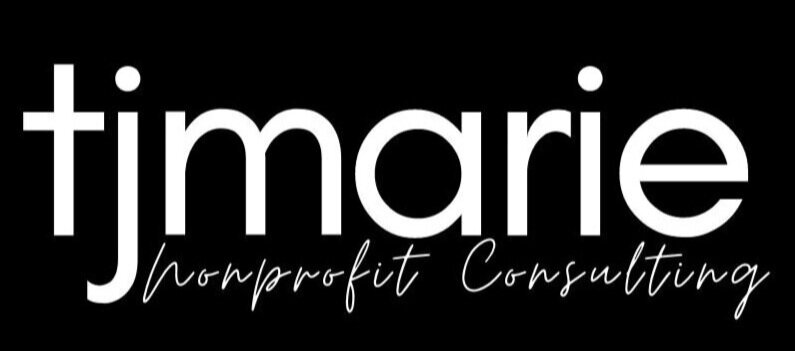There is no such thing as a color blind workplace.
I can fill a book of short stories about personal and professional incidences of racism, microaggressions, and rage-induced by willful ignorance. I know what that surprised and uncertain facial expression that says “Oh YOU’re the one who will be managing my account?” looks like. I, in my first year as a fundraiser, had a member of clergy quite candidly declare: “My people ain’t gonna take too kindly to a black woman telling them what to do. So, you might want to think about sending somebody else up here.” Oh.
Talking about race is hard, especially at work.
White people don’t want to say the wrong thing and be accused of being racist. Black people fear they have only so many times that they can bring up racism before they fear becoming the irritating Black person always bringing race to the discussion.
Systemic anti-black racism is a cancer. If a person has cancer and doesn’t talk about the cancer, will it cease to exist? Of course not. It will continue to erode the body, wreaking havoc and causing destruction and ultimately, death.
Being introspective is difficult. Having a willingness to confront personal biases and examining how your own privileges and blind spots might be unwittingly contributing to systems of inequality and oppression is tough work. However, choosing silence is a privilege reserved for people for whom the color of their skin is not made a daily reminder. The truth is in America, whiteness is the default. Everyone else is made to navigate around it.
I’ve been a consultant for more than a decade. This means I’m hard-wired to assess landscapes, ask the hard questions, declare a starting place, and develop actionable items is likely to result in eventual success.
The corporate statements on standing for inclusion, the blackout posts, and the checking in on Black colleagues are commendable first steps. However, a bias toward action is the next. If your company or organization isn’t developing actionable, monitored, and measurable policies toward ensuring the values being espoused, generations after us will be able to fill books of short stories too.
If you are a leader in a company or organization, here are questions to consider:
What do the members of your leadership team and board look like? Are People of Color in positions of power, influence, and decision- making?
Is your company or organization committed to INCLUSION (inclusive ideas, voices, and even dissenting perspectives) or just racial diversity?
Are Black and other People of Color empowered to share their thoughts and ideas on critical issues regarding company culture and environment?
Are you leveraging your public platform and influence toward dismantling white supremacist structures?
Do you look for diversity when selecting your vendors? Your contractors? Your consultants?
Is your leadership actively listening and learning?
What would the Black and other People of Color in your company anonymously share about the working environment?
To my people who have put on a happy face for the sake of survival, but are frustrated by a lack of the acknowledgement of your pain, your grief, and your internal rage, this is for you. Hang in there.
TMW

